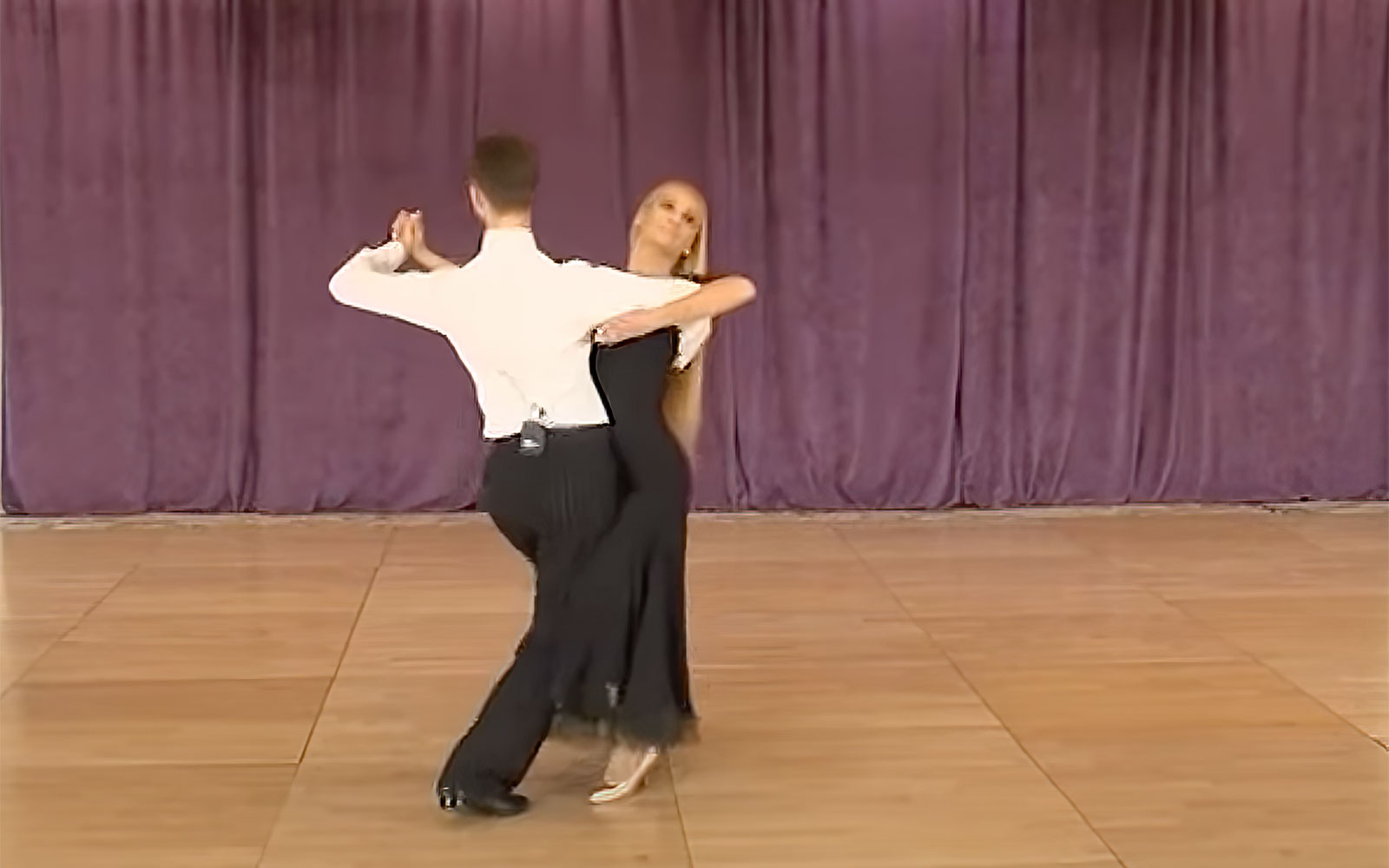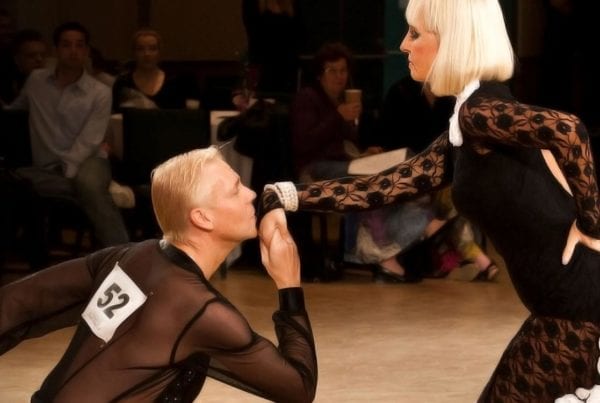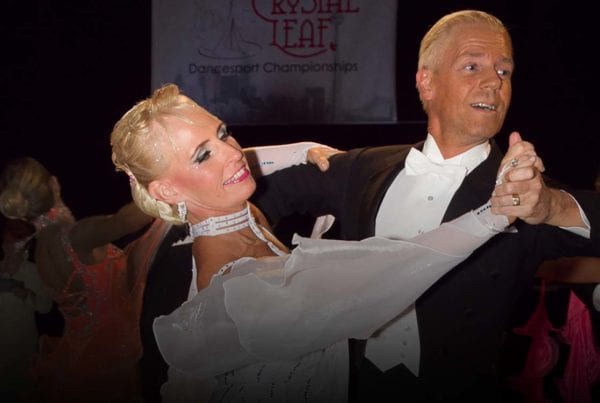Oh, the Tango. Such a simple dance in so many ways. Yet so often poorly danced because there is so much technical precision involved to make it look good. Body flight is one of the most common challenges.
Recently I was reviewing a dance camp by former world champion Emanuel Valeri of Denmark. He was teaching some top-level students and noted that too often they had left over momentum from their body flight, which made it very challenging for them to stop the movement in a clean way and hold it. This was the result of the timing in how they were transferring their weight from foot to foot.
As a general rule, especially when training those new to Tango, dance teachers tell people to move directly onto the foot for each step, as opposed to gradually moving your weight from foot to foot as you would do with swing dances like Waltz. This is important as a teaching method for beginners. But this can easily be misunderstood, leading to problems. Perhaps because of that early training, it is common for dancers to move their body weight directly over the foot too quickly. When they get there, the body wants to keep going and they essentially fall into the next step losing their Tango timing in the process.
One way Tango movement was explained to me in my early dancing days, was to think of the way one might move across a shallow white water river, stepping from one flat stone to another. You wouldn’t slowly extend your foot, leaving you hanging halfway between the stone you are standing on and the next one. Instead, you would push off from the stone you are currently on, letting the other foot extend out in front of you and arriving over it in time to stop yourself. Likewise, you wouldn’t keep your moving foot directly under your body while you leap to the next stone. You extend it out in front first. That type of controlled movement, which is quite natural in a setting like that, ensures that you don’t fall into the water.
Too often dancers make one or the other of those mistakes when they dance Tango. They either put the moving foot way out in front, leaving their body back over the original standing foot, or they move their foot and body at the same time so that when they arrive on the new foot their body wants to keep going past the foot.
There is actually a very precise way of moving the leg and the body, which allows us to move smoothly and fluidly but also being stable so that we can stop instantly at any point in a figure.
Tango Timing in Walks
Tango has 2/4 (referred to as two-four) timing, which means there are two beats in a bar of music. A good practice to get into when learning Tango is to think of “one and” for your beat values. A slow is then “one and” and your next slow would be “two and.” There is a drum beat for each of those parts. This simplifies things a bit and ensures that you are thinking of the beats in the right way.
A slow, when counted as “one and” becomes one long step taken over those two musical percussion notes. Tango Walks are slow. We’ll look at forward walks and then backward walks.
Pushing off from the standing foot, your moving foot needs to extend out in front of you, arriving in the new position at the “one” part of that count. Your body has gathered power through the standing leg but has not moved too much on that first percussion note. By the second percussion note, the “and,” your front foot is now flat on the ground, your body weight is over that foot but still far enough back that the ball of your back foot is fully on the floor and has not yet released to just the toe or, worse, no foot contact at all. At this point the foot releases quickly from the floor and extends forward for the “two” count. Again, at the “and” your body weight is over the front foot but the back ball of foot is still solidly grounded on the floor. If you stop your movement your weight should be in such a position that you are on the front foot yet still have a few inches to go before you can say you are directly over that foot. You should be able to feel that it is so stable you can hold that position for a long time.
When moving backwards, the standing foot is used to generate energy. The moving foot releases quickly and arrives with the entire ball of the foot on the floor behind you on the “one” count. As your body is in motion, when you reach the “and” count which is the second percussion note, your back heel is now down with your body mostly over that foot. I say “mostly” because, just as in the forward movements, if your weight is now too far back you will not only find it hard to stop your body flight, you will pull your partner off their foot. During these backward walks, your weight is almost in between your feet, allowing you to stop very suddenly (Rocks, for example), and be able to hold that position comfortably with no additional movement.
One of the impressive things that Emanuel developed in that camp was the ability of the group to stop their forward momentum during a side lock. If you perfect your body flight timing, you will be able to stop on a dime in your side lock and be able to hold that position without additional energy pulling you off balance.
In the video below, multi-time professional world champions Arunas Bizokas and Katusha Demidova demonstrate good Tango foot timing in a number of basic figures.













